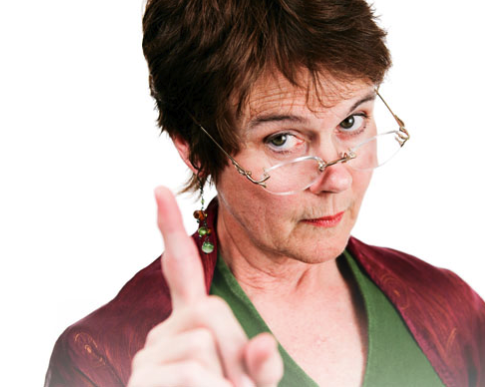Ensoulment: A Diverse analysis of the Feminine in Western culture
This a guest blog from Lorís Simón Salum, the creator and director of the multi award winning documentary Ensoulment, which we screened in Johannesburg and Cape Town during April 2015. You can visit the website www.ensoulmentfilm.com for more information on the movie. A Message from Lorís Simón Salum Even though there might not be anything left to be said about my 21-22 year old self after you watch Ensoulment, there is one thing I rarely speak...


